The future of health and food
Grown under the Australian sun
100% plant-based and vegan source of Omega-3 and protein
Enviromental friendly process: utilises co2, marine water, nutrients and sunlight
An amazing source of Omega-3 and a host of essential amino acids
Renewable food source grown with minimal environmental impact
Cover photo of Mt Warning and Rous River credit Trevor Gore
Microalgae farming is sustainable and a reliable source of food.
Microalgae production is arguably the most sustainable system on the planet for the production of food. The Algae has 10 times the productivity of traditional crops and provides a much higher nutritionally dense yield. The closed system means all nutrients required for production are fully contained within the system and are environmentally friendly. Microalgae can be grown on saline water and does not require arable land for the production system.
- Anti-oxidants
- Omega-3s,7
- Protein
How it works

Starter culture

Innoculum & scale up
(In outdoor bioreactors)
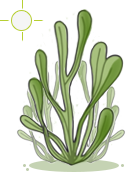
Cultivation Farm
(Open raceway pond system)

Harvesting
(Dewatering & Drying)

Industrial Ready algae
(Tablets, Oil, Powder)
Starter Culture
Local strains are isolated, grown as a pure culture, and then characterised.
Inoculum & Scale Up
The best species are cultured under selective adaptation conditions to enhance productivity. They are then scaled up, first in the laboratory and then in outdoor bioreactors.
Cultivation
The scaled up inoculum is transferred to large open raceway tank systems. Purified brackish water, nutrients, CO2 and sunlight are all that is used to cultivate the micro-algae. The optimized conditions the algae is cultivated under also help to control biological contaminants.
Harvest (Dewatering)
Ultra-filtration is used to purify river water and also for primary concentration of the algae culture. Centrifuges are then used to remove the remaining external water. This generates an Algae paste.
Drying
Drying is used to remove internal moisture, this stabilises the biomass and allows for more efficient oil extraction.
Species of interest
Nannochloropsis
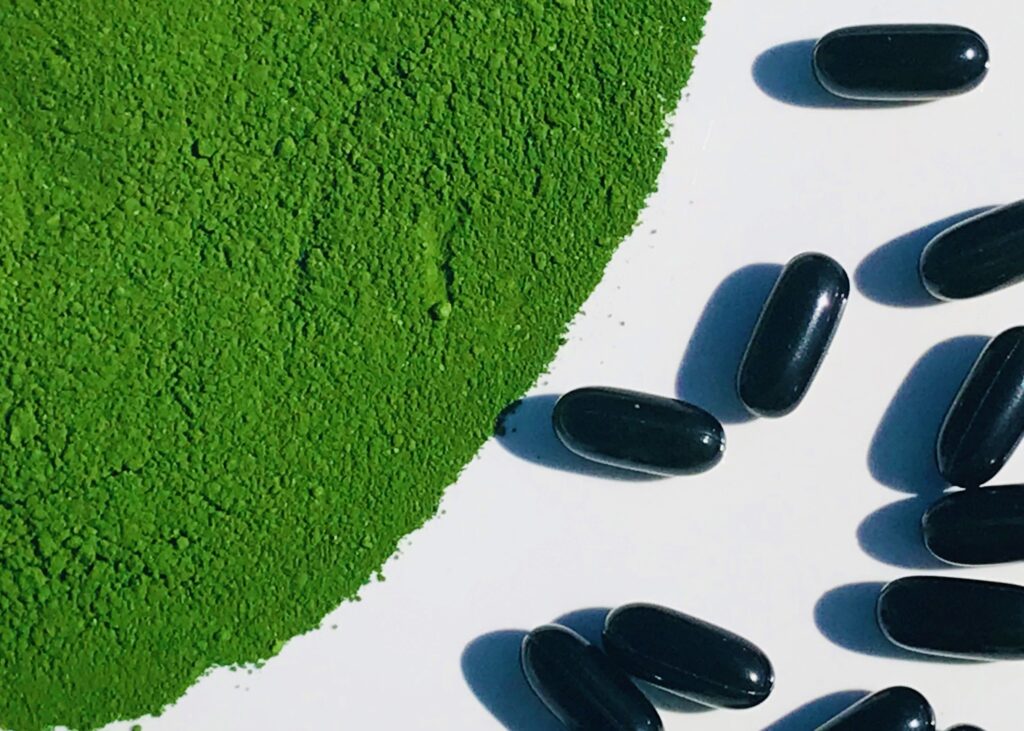
Rich in the Omega-3 EPA bound to glycolipids and phospholipids for optimal absorption. EPA is important for brain, eye and heart function. Nannochloropsis has 50% protein, half of which are essential amino acids. It’s also packed with phytonutrients: chlorophyll, phytosterols, Omega-7, vitamins, minerals, carotenoids, b-glucans and other antioxidants. All this makes it an ideal vegan supplement to help boost intake of essential micronutrient like iron and vitamin B12.
Chlorella
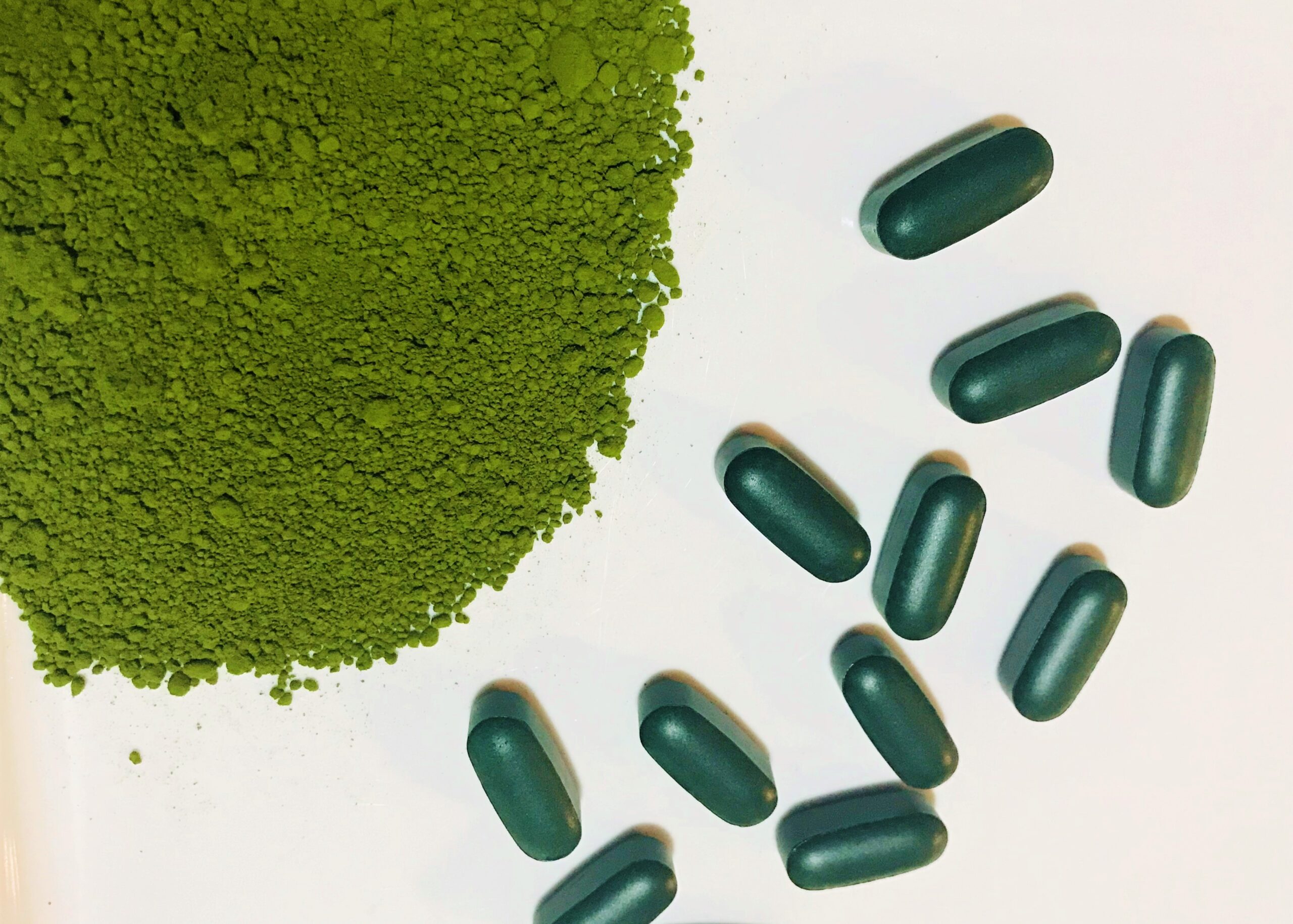
Well recognised as a super food known for its high chlorophyll concentration and its ability to bind heavy metals. It an excellent source of Vitamins A through to K and is particularly rich in vitamin B12, which contributes to the normal formation of red blood cells and helps reduce fatigue. It is 50% protein and contains all essential amino acids. It has around 10% fatty acids of which 1/3rd are Omega-3s. Chlorella is a rich source of minerals, particularly iron.
Haematococcus
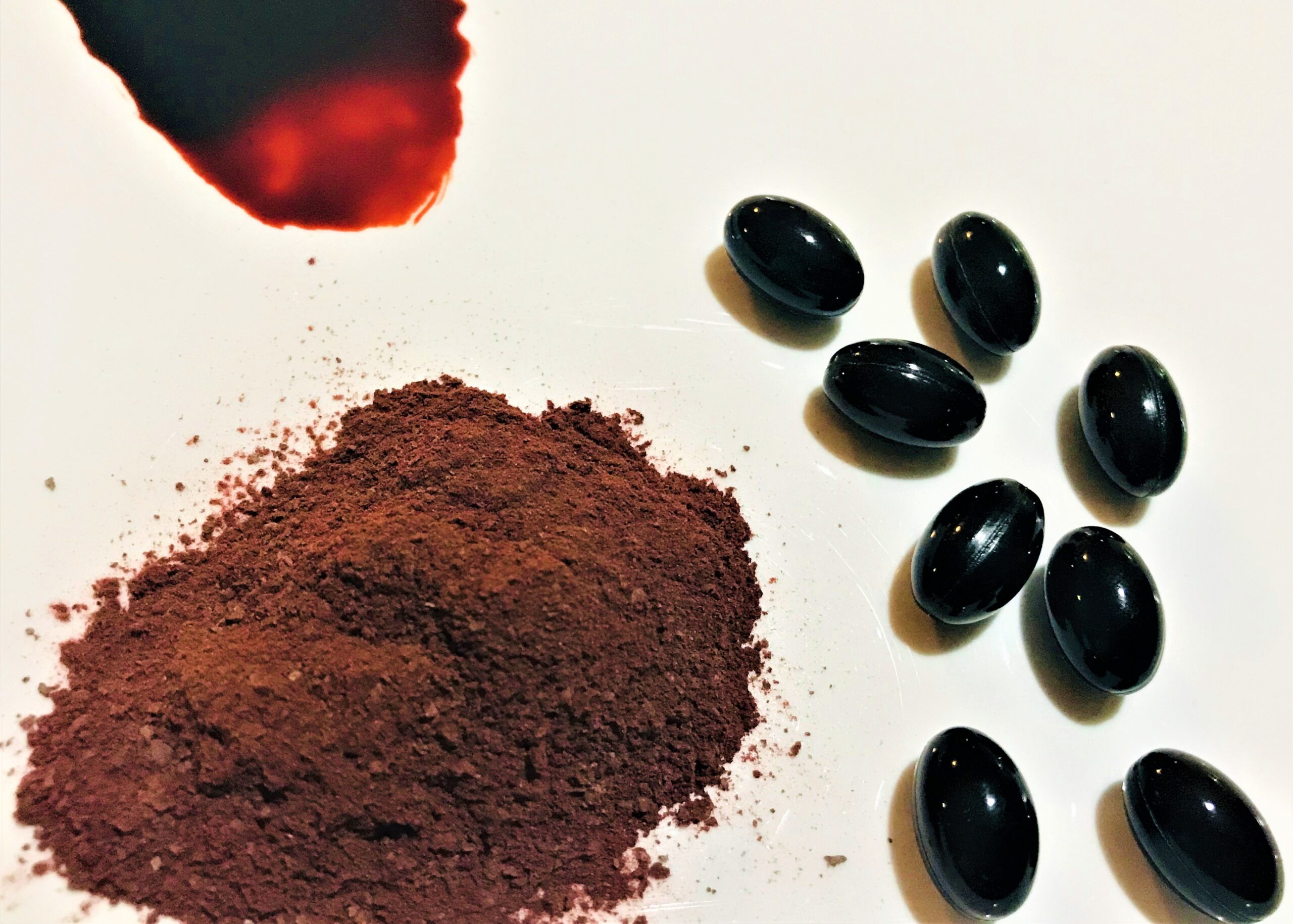
Haematococcus pluvialis is the richest source of natural Astaxanthin, which has important applications in the nutraceuticals, cosmetics, food, and aquaculture industries. Astaxanthin boosts the health of joints, skin, and the vascular system. It is also one of the only antioxidants that can cross both the blood-brain barrier and the blood-retinal barrier – allowing both the brain and the eyes to enjoy its benefits.
Spirulina
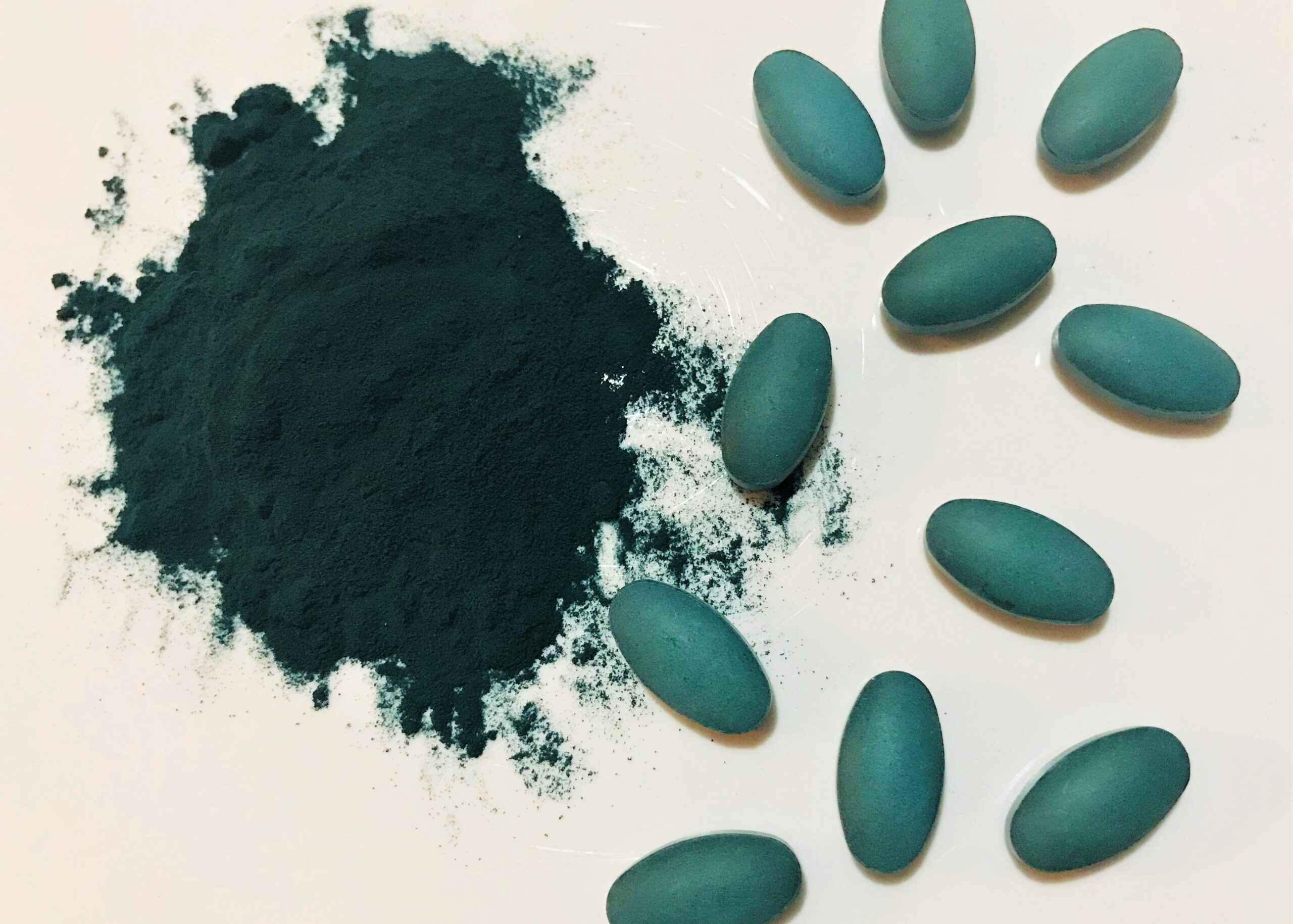
Very rich in proteins (60-70%) of high biological value, containing all the essential amino acids. Spirulina’s membrane is easily dissolved by gastric acid, which ensures that all amino acids are assimilated well by the body. The lipids in spirulina represent 2-4% of its total weight. They feature an ideal balance between omega-3 and omega-6 fatty acids. Spirulina is best known for its high Phycocyanin content, commonly used as a blue food pigment with strong, anti-inflammatory, Anti-allergic antioxidant properties.
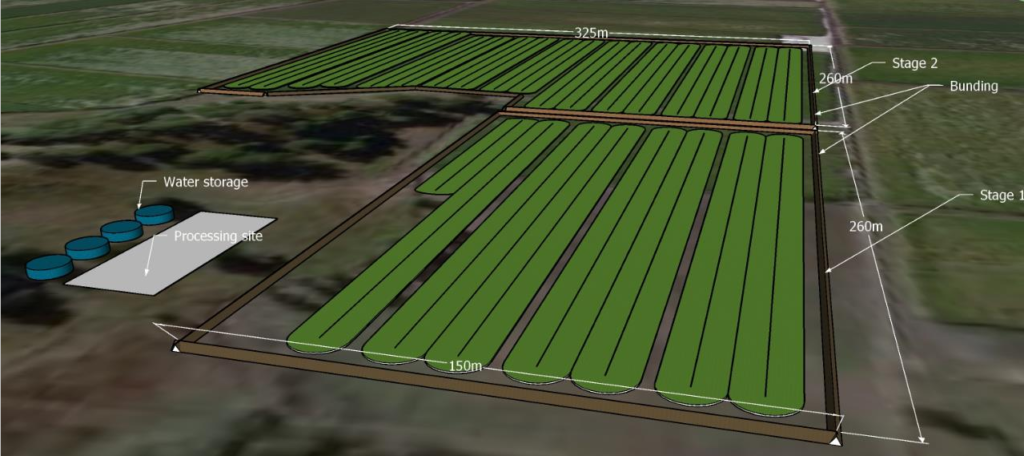
112 Hectares of Ideally Located Algae Farm
Our farm site is located in Northern New South Wales, less than 30 minutes from Coolangatta International Airport. It is also ideally located on the Rous River, which will supply water of the required salinity for the algae tanks.